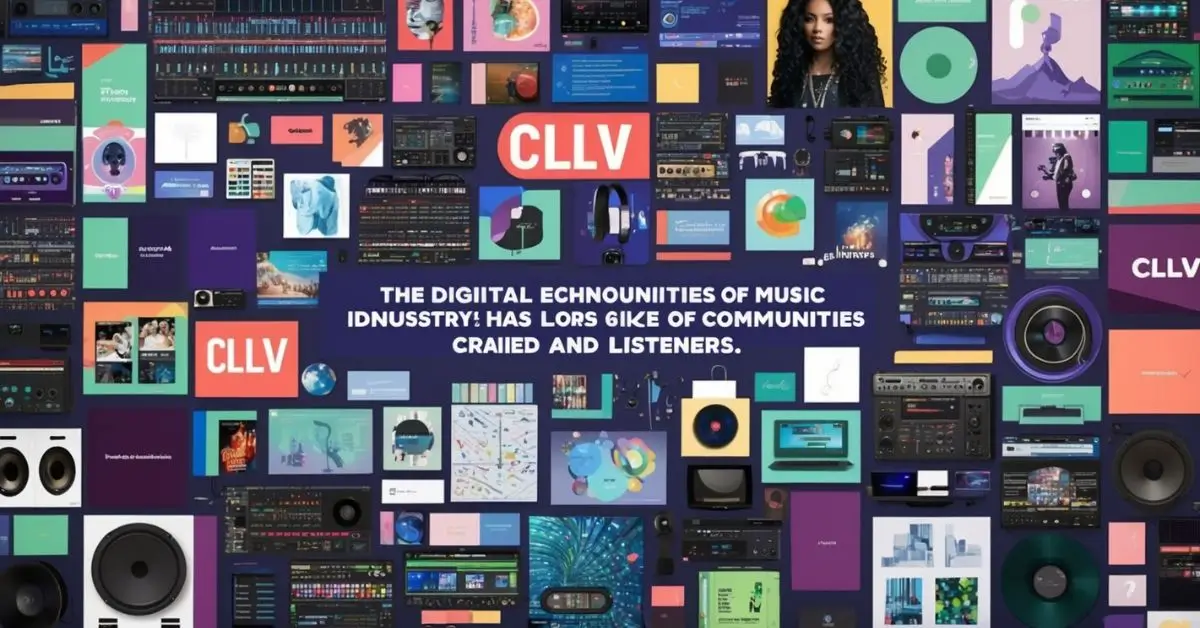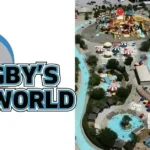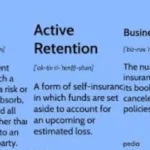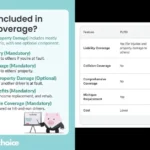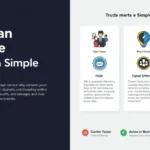The music industry has long been a space of individual expression, where artists produce music for a diverse array of listeners. However, as digital technologies advance, the formation of collaborative music communities has transformed the way music is created, shared, and experienced. One such vibrant example is the rise of communities like CLLV. These communities foster creative collaboration, offer platforms for discovery, and help artists connect with like-minded peers. This article delves into how music communities like CLLV have revolutionized the landscape of music production and distribution, while also examining their broader impact on the industry, artists, and listeners alike.
The Evolution of Digital Music Communities
Music communities have existed since the early days of live performances and record collecting, but the internet has amplified their reach. Online platforms, such as MySpace and SoundCloud, revolutionized music distribution, allowing artists to reach global audiences without relying on traditional music labels. The emergence of communities like CLLV represents the next step in this evolution, where musicians, producers, and fans unite to create a space where creativity flourishes without barriers.
Communities like CLLV are more than just digital collectives for sharing music. They offer collaborative spaces for artists to exchange ideas, remix each other’s work, and support one another in their artistic journeys. These platforms operate as decentralized, peer-to-peer networks that promote co-creation, collaboration, and a sense of belonging.
What Makes Music Communities like CLLV Unique
Music communities like CLLV distinguish themselves from mainstream platforms by fostering an environment where collaboration is at the core. Unlike major streaming services where the focus is on consumption, these communities center around creation. Several factors make CLLV-style communities unique:
- Collaborative Spirit: Collaboration is at the heart of CLLV’s ethos. Whether through group projects, remix contests, or collaborative albums, these platforms encourage artists to work together to create something new. This sense of camaraderie allows members to pool their talents, bringing different perspectives to the same musical project.
- Inclusivity and Openness: CLLV is an open platform that welcomes musicians from all genres, skill levels, and backgrounds. This inclusivity fosters diversity in the music that is created within the community. Emerging artists can work alongside seasoned professionals, gaining insights and feedback that would be difficult to access in more commercial spaces.
- Culture of Sharing and Feedback: Feedback is critical for growth as an artist, and communities like CLLV thrive on this principle. Members regularly provide constructive feedback to each other, helping to fine-tune tracks, recommend improvements, or offer praise. This ongoing dialogue of support enhances the sense of community and helps elevate the quality of music produced.
- Nurturing New Talent: Music communities like CLLV provide a safe space for new and emerging talent. Without the pressures of major record labels or the commercial marketplace, artists are free to experiment, innovate, and develop their voice. Many artists who found their start in such communities have gone on to achieve mainstream success, using their collaborative roots as a foundation for long-term artistic careers.
The Role of Technology in Empowering Music Communities
Technology plays a critical role in the functioning and success of music communities like CLLV. Advances in recording software, file-sharing technologies, and online communication platforms have made it easier than ever for musicians to collaborate remotely. Here are a few ways in which technology has enabled these communities to thrive:
- Digital Workspaces and Collaboration Tools: Tools such as DAWs (Digital Audio Workstations) like Ableton, FL Studio, and Logic Pro allow musicians to create entire tracks digitally and share project files with collaborators in real time. Coupled with cloud storage platforms like Dropbox or Google Drive, this makes remote collaboration seamless. Musicians can easily share stems (individual instrument tracks), ideas, and rough drafts for feedback or development.
- Streaming and Discovery Platforms: Streaming services such as Spotify, Apple Music, and Bandcamp have revolutionized how music is consumed, and many communities like CLLV use these platforms to showcase their creations. Additionally, platforms such as Discord, Reddit, and niche music forums enable members of music communities to discuss music trends, recommend tracks, and exchange tips on production and mixing.
- Peer-to-Peer File Sharing: Unlike the rigid licensing structures of major streaming platforms, music communities often use more open and flexible sharing systems. Peer-to-peer (P2P) networks, for instance, allow artists to exchange large audio files with ease. These platforms, in turn, foster an ecosystem of remixes, mashups, and other collaborative forms of music production.
CLLV and the Democratization of Music Production
One of the most significant contributions of music communities like CLLV is the democratization of music production. In traditional models, music production was often reserved for those with access to expensive studio equipment, professional networks, and industry connections. Now, with affordable recording equipment, free or low-cost production software, and online tutorials, anyone with passion can create music.
CLLV communities act as gateways for aspiring musicians to break into the industry, bypassing the traditional gatekeepers of record labels and A&R (artists and repertoire) executives. In fact, many independent musicians use these platforms to build their fanbase and gain recognition before signing with a label or going on tour.
The democratization of production is essential not only for empowering individual artists but also for broadening the scope of the music industry. Music that may have once been overlooked for commercial reasons—due to its experimental nature or niche appeal—now has the chance to reach audiences who appreciate it. CLLV and similar communities encourage creativity without the boundaries imposed by commercial success, allowing genres like lo-fi hip hop, glitch, and ambient to flourish.
How Music Communities Influence Cultural Identity
Music communities like CLLV are not only places for artistic expression but also platforms where cultural identities are shaped and reshaped. Music has always been a vehicle for cultural narratives, and within these digital spaces, genres from around the world collide, blend, and evolve. Here’s how these communities foster cultural identity:
- Global Collaboration: The international nature of CLLV-style communities means that musicians from various countries and cultures come together to collaborate. This interaction leads to the fusion of genres and styles, creating hybrid forms of music that blend different cultural traditions. For example, an artist from Japan might collaborate with a producer from Brazil, creating tracks that feature elements of both Japanese traditional music and Brazilian samba beats.
- Nurturing Subcultures: Music communities have always been hubs for subcultural movements, and digital spaces have made it easier for niche subcultures to thrive. Genres such as vaporwave, witch house, or hyperpop might have struggled to gain mainstream attention, but within communities like CLLV, they find their audiences and are able to develop unique aesthetic and cultural identities.
- Creating Safe Spaces for Marginalized Voices: Communities like CLLV provide safe spaces for marginalized musicians, such as LGBTQ+ artists or musicians from minority ethnic backgrounds. Within these spaces, artists are able to express themselves without fear of discrimination or censorship, and their music often reflects their lived experiences and identities. These platforms give rise to more diverse musical outputs that resonate with listeners who share similar identities or experiences.
Challenges Facing Music Communities Like CLLV
While music communities like CLLV provide many opportunities for musicians and fans alike, they also face challenges. As these communities grow in size and influence, they must navigate several issues:
- Monetization and Sustainability: Many of these communities operate on a non-commercial or semi-commercial basis, relying on crowdfunding, donations, or limited revenue streams. As the costs of running such platforms grow, finding sustainable funding models that support the community without compromising its collaborative spirit becomes a pressing issue.
- Copyright and Licensing Issues: The ease of sharing and remixing music within these communities can sometimes lead to legal challenges, especially when copyrighted material is used without permission. Communities need to balance the freedom of artistic expression with the protection of intellectual property rights.
- Oversaturation and Discoverability: As the barriers to entry lower, more and more music is being produced. While this democratization is generally positive, it also makes it difficult for individual artists to stand out. Finding ways to support emerging talent without overwhelming listeners with an oversupply of new music is a challenge for these communities.
Conclusion
Music communities like CLLV represent a new era of collaboration, creativity, and cultural expression in the digital age. They offer musicians the freedom to experiment, connect with others, and share their work without the restrictions imposed by traditional music industry structures. By democratizing the production process, embracing diversity, and fostering a spirit of collaboration, these communities are helping shape the future of music.
The rise of such communities has already had a profound impact on the music industry, offering both artists and fans an alternative way to experience and create music. However, as they continue to grow, these communities must also address challenges related to monetization, copyright, and discoverability. Despite these hurdles, the influence of music communities like CLLV is undeniable, and their role in shaping the future of music will only continue to expand.

